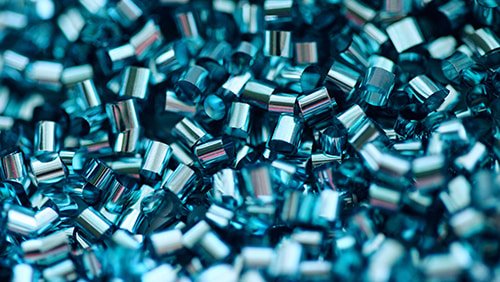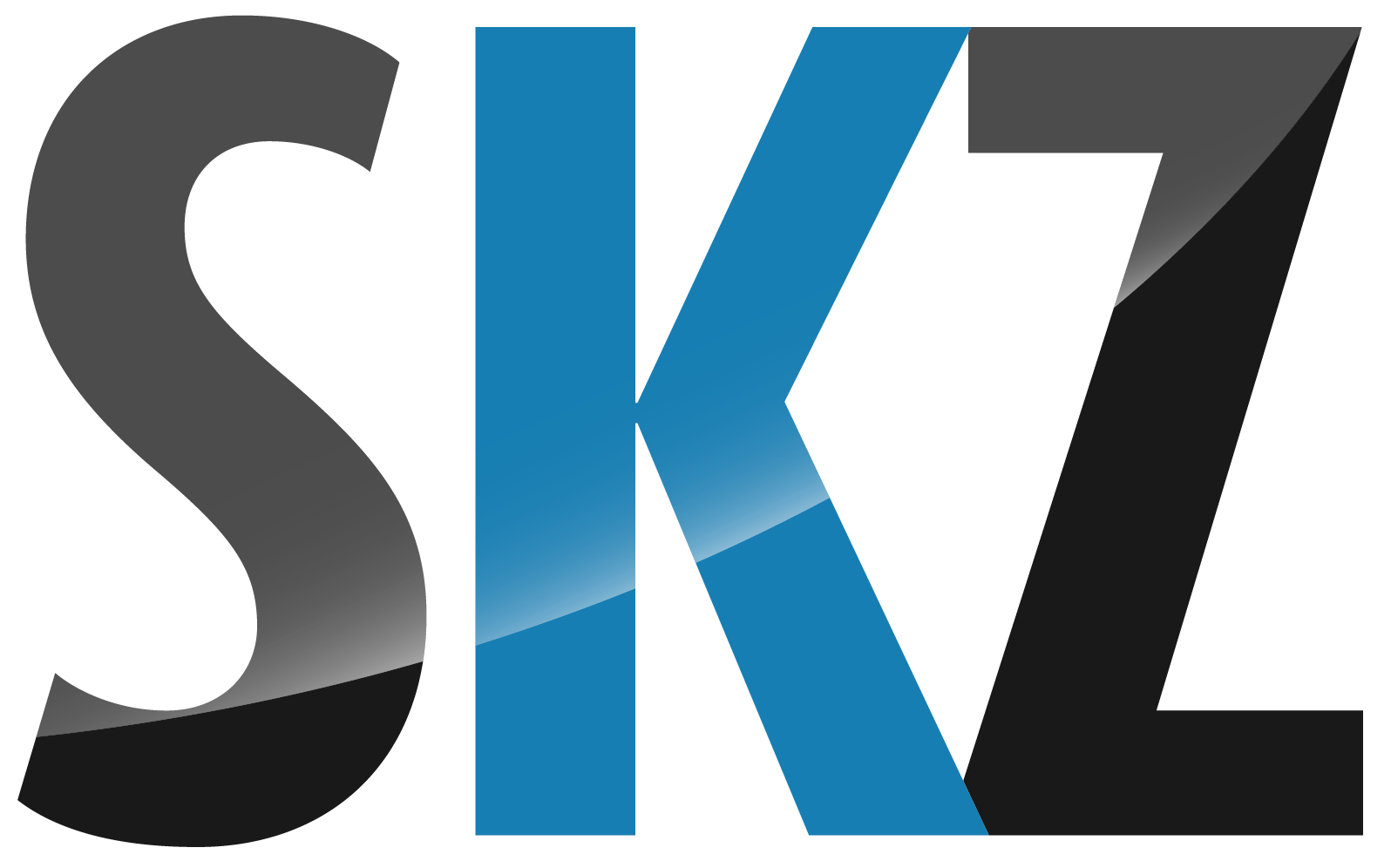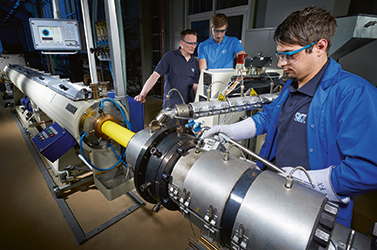Find events

E-Learning: Classification of plastics

Course Overview
Overview
Not all plastics are the same. The chemical structure of the polymers and the bonds between the polymer chains ensure fundamentally different properties.
Therefore, plastics can be classified into three main categories: thermoplastics, thermosets, and elastomers.
Thermoplastics can be heated and shaped multiple times without undergoing any chemical change in their molecular structure. They have a linear or branched chain structure and are usually produced by polymerization of small molecules called monomers. Thermosets undergo a permanent chemical change when heated and shaped. This process is called curing or crosslinking, and it forms a three-dimensional network structure that cannot be reshaped or softened by heat. Elastomers plastics that have rubber-like properties and can stretch and return to their original shape when released. They are formed by crosslinking polymer chains and have a three-dimensional network structure.
You will have access to this course for 12 weeks from booking.
You will receive a certificate of completion after passing the learning test.
Structure, properties and examples of
- Thermoplastics
- Thermosets
- Elastomers
- Thermoplastic Elastomers

E-Learning: Classification of plastics

Course Overview
Overview
Not all plastics are the same. The chemical structure of the polymers and the bonds between the polymer chains ensure fundamentally different properties.
Therefore, plastics can be classified into three main categories: thermoplastics, thermosets, and elastomers.
Thermoplastics can be heated and shaped multiple times without undergoing any chemical change in their molecular structure. They have a linear or branched chain structure and are usually produced by polymerization of small molecules called monomers. Thermosets undergo a permanent chemical change when heated and shaped. This process is called curing or crosslinking, and it forms a three-dimensional network structure that cannot be reshaped or softened by heat. Elastomers plastics that have rubber-like properties and can stretch and return to their original shape when released. They are formed by crosslinking polymer chains and have a three-dimensional network structure.
You will have access to this course for 12 weeks from booking.
You will receive a certificate of completion after passing the learning test.
Structure, properties and examples of
- Thermoplastics
- Thermosets
- Elastomers
- Thermoplastic Elastomers


